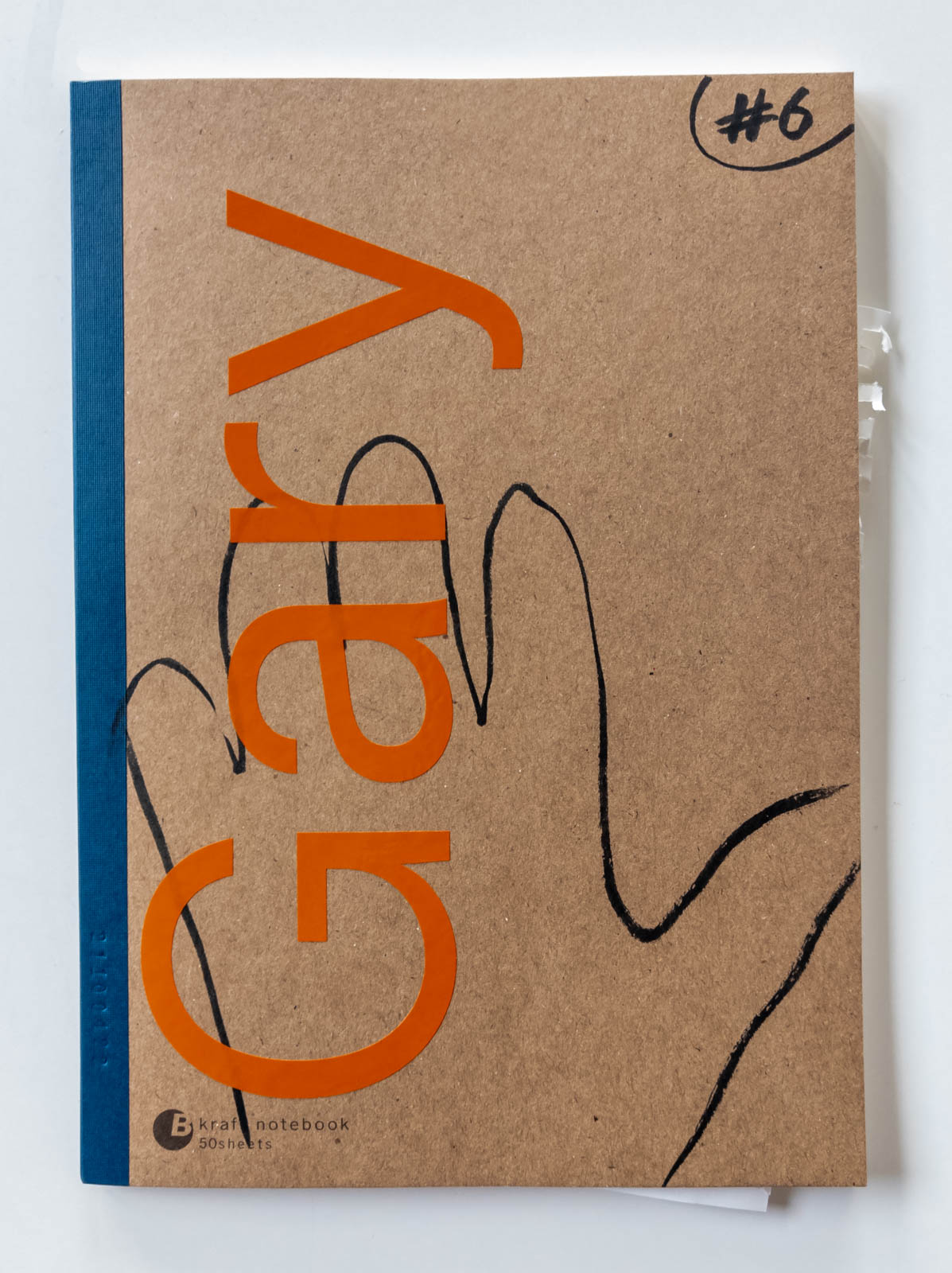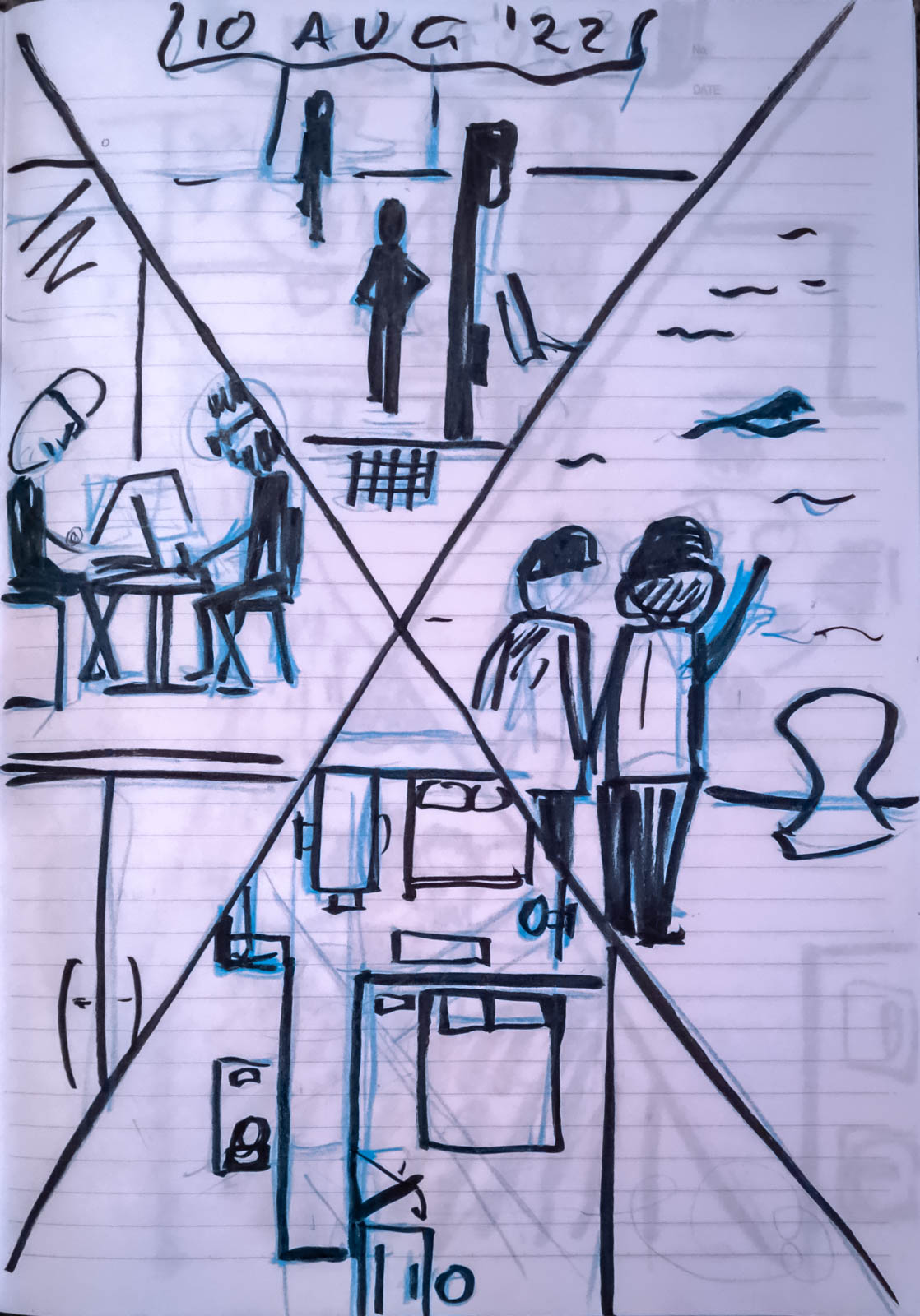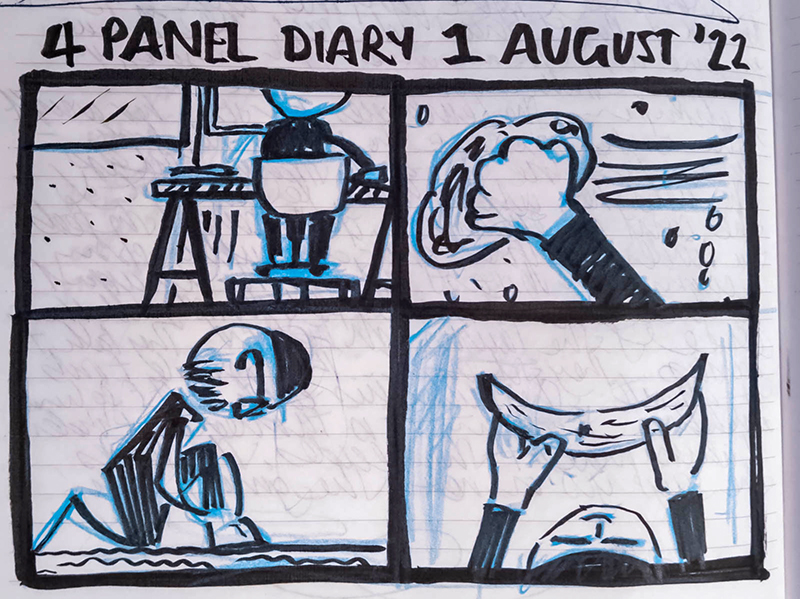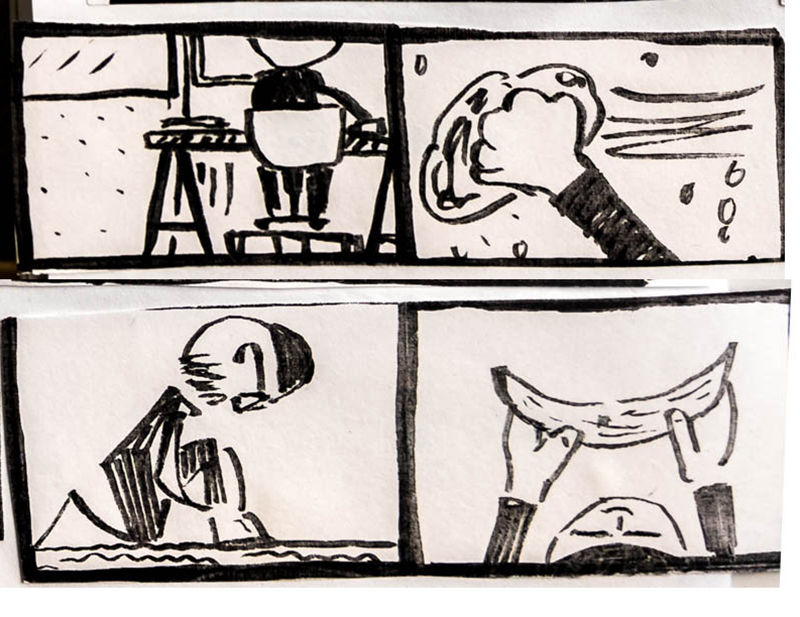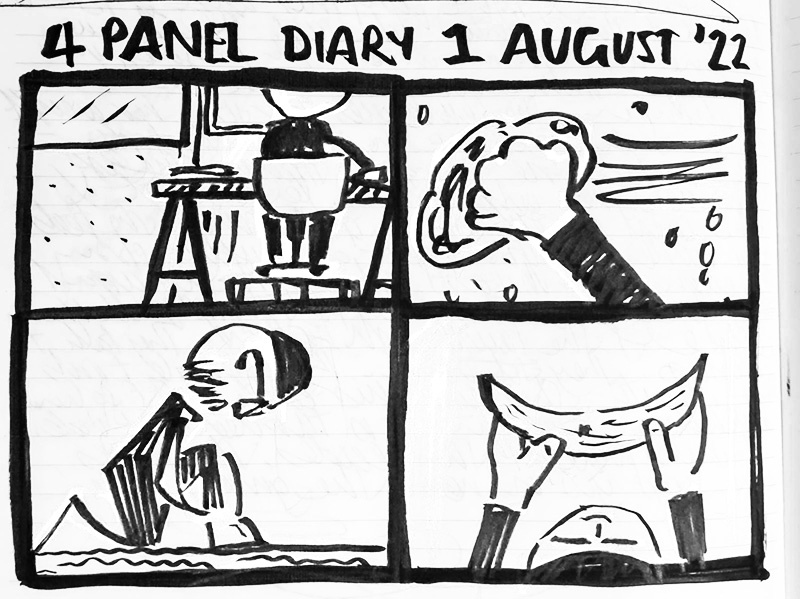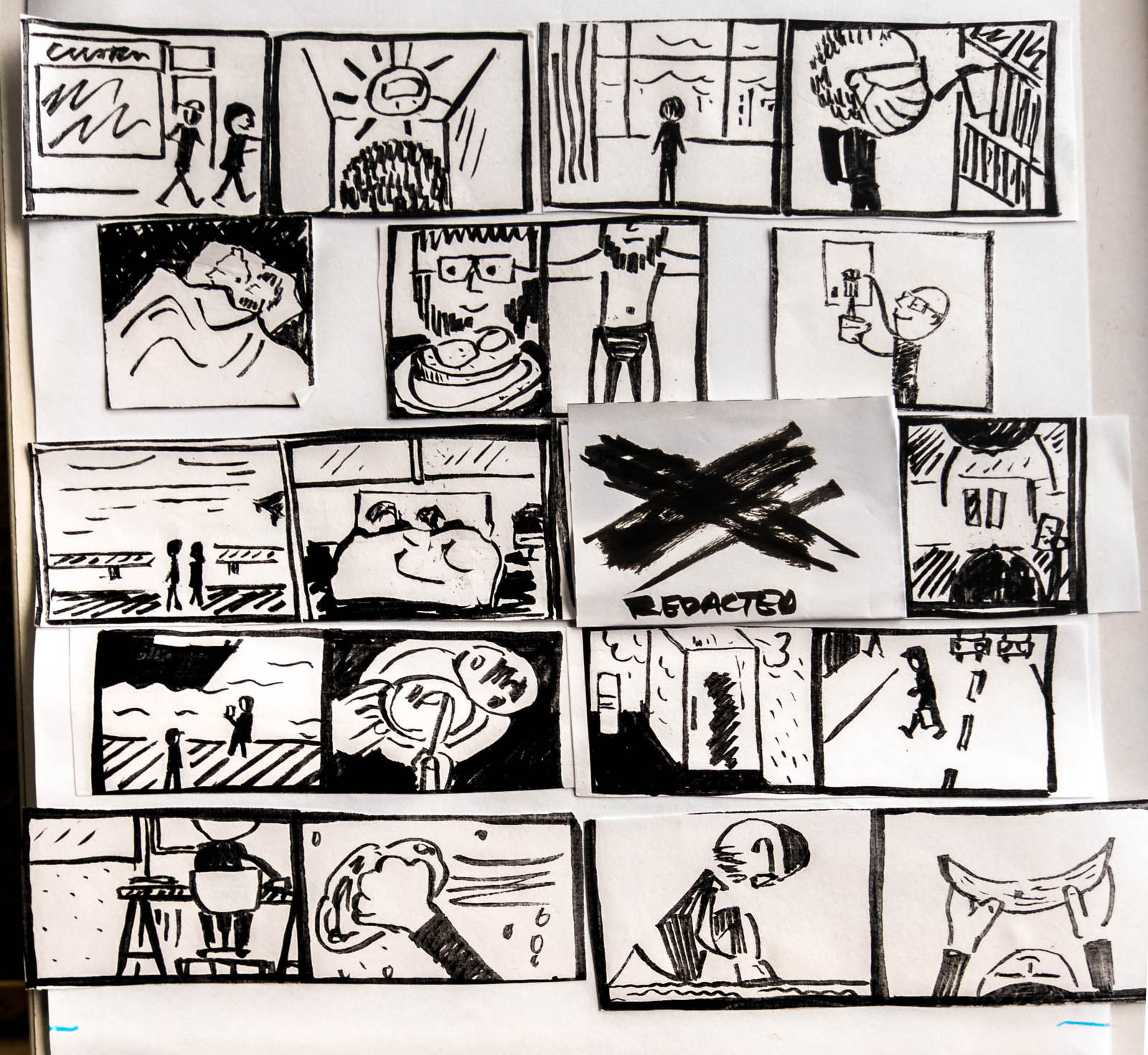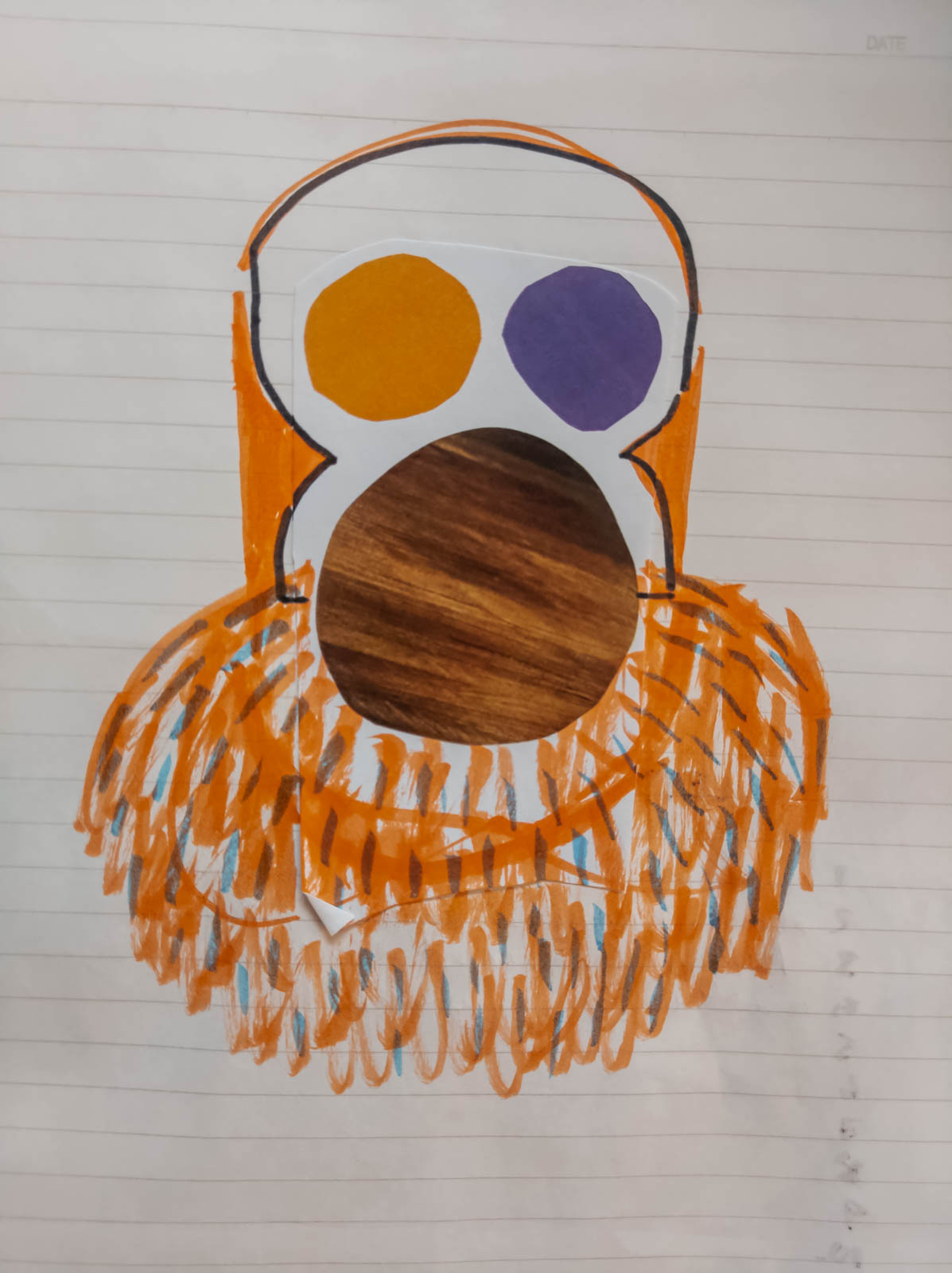Storage, studio, and an upcoming sale
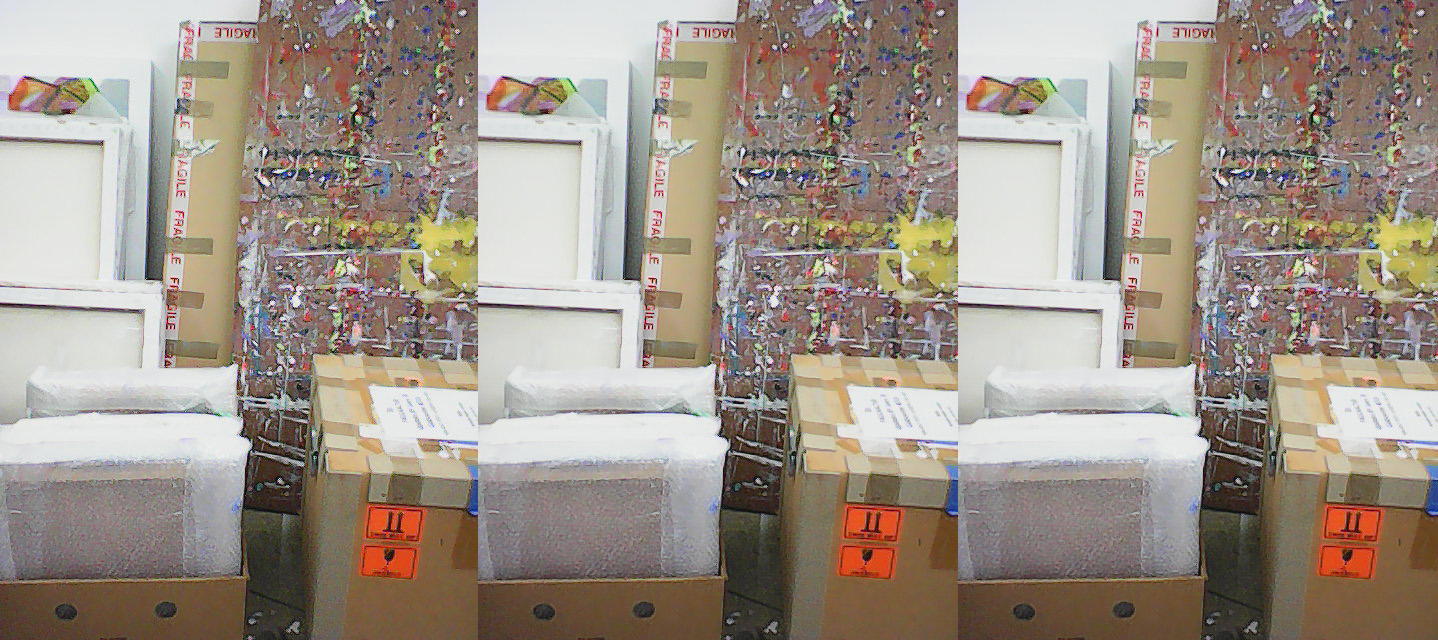
Boxes and paintings in the studio.
Yesterday with the help of a man, a van, and an assistant, my mix of art and non-art objects was moved from storage to the studio.
Once I’ve separated the art from non-art, my task is to select ten pieces to keep. The remaining works, provided I hold my nerve, will be included in an “Everything must go!” studio sale in about ten days.
Yup, I’m having a studio sale. Prices will be keen—the exact dates and times to follow.
